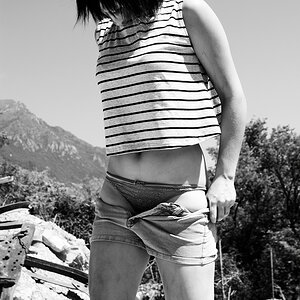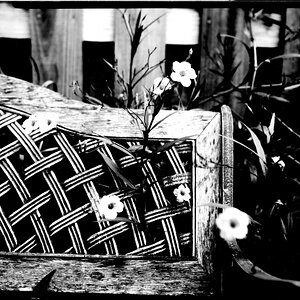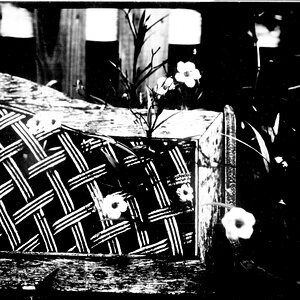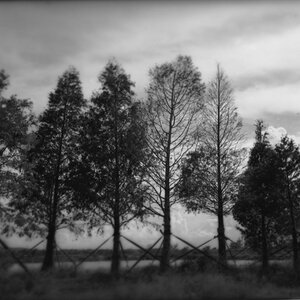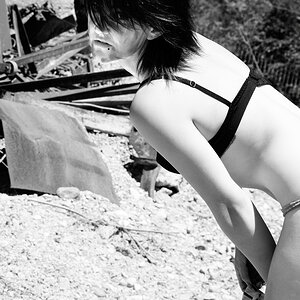georgeisabamf
TPF Noob!
- Joined
- Oct 27, 2013
- Messages
- 28
- Reaction score
- 3
- Location
- United States
- Can others edit my Photos
- Photos OK to edit
So today, being Christmas, I was gifted with all the chemicals (developer, blix, and stabilizer) needed to produce basic negatives. I've been meaning to get into this for a while and it's really exciting being able to finally do so (hate spending 20+ dollars per roll to get my film developed). Well tonight I ran my first set of film through my new Paterson tank. I was skeptical that it would actually work out seeing as how it was my first time trying. Well after removing the film, sure enough, there are obvious negatives to be seen.
I have had the film hanging up to dry for the past 2-3 hours or so and just checked on it now. Everything looks fine except I can see about 5-10 water drop sized white spots. Luckily most of them are on the part of the film towards the beginning so for the most part the negatives are fine. However, I was wondering if this would have to do with the fact that I have hard tap water? It looks as if the spots are a buildup of some mineral(s) or something.
I remember seeing a video a few months ago on Youtube where this guy said he has really hard water so he adds a certain chemical at the end of the development that counteracts bad effects from hard water. Does anyone know what the name of this chemical is? Or possibly any other solution to get rid of these spots without damaging the negatives? I have plenty of rolls to run, and don't want any of them to get ruined because of such a problem.
If anyone has any info/tips for me (seeing as how I am brand new to this), I'd greatly appreciate it! This is all a learning process for myself and it's also very rewarding once I saw the negatives actually formed.
Also, is it just me or is it a serious pain in the butt to load 120 film onto a Paterson reel? I almost gave up after trying for 25 minutes but finally got it to stay on the reel. Then again, I have never had any practice before today.
I have had the film hanging up to dry for the past 2-3 hours or so and just checked on it now. Everything looks fine except I can see about 5-10 water drop sized white spots. Luckily most of them are on the part of the film towards the beginning so for the most part the negatives are fine. However, I was wondering if this would have to do with the fact that I have hard tap water? It looks as if the spots are a buildup of some mineral(s) or something.
I remember seeing a video a few months ago on Youtube where this guy said he has really hard water so he adds a certain chemical at the end of the development that counteracts bad effects from hard water. Does anyone know what the name of this chemical is? Or possibly any other solution to get rid of these spots without damaging the negatives? I have plenty of rolls to run, and don't want any of them to get ruined because of such a problem.
If anyone has any info/tips for me (seeing as how I am brand new to this), I'd greatly appreciate it! This is all a learning process for myself and it's also very rewarding once I saw the negatives actually formed.
Also, is it just me or is it a serious pain in the butt to load 120 film onto a Paterson reel? I almost gave up after trying for 25 minutes but finally got it to stay on the reel. Then again, I have never had any practice before today.


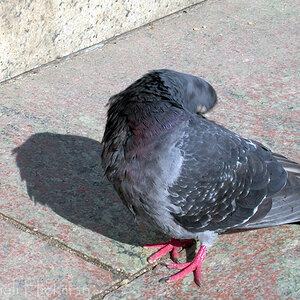
![[No title]](/data/xfmg/thumbnail/36/36399-041c9ebc3a39e89ec8e39243c0d43528.jpg?1619737551)
